Jaw Crusher Working Principle
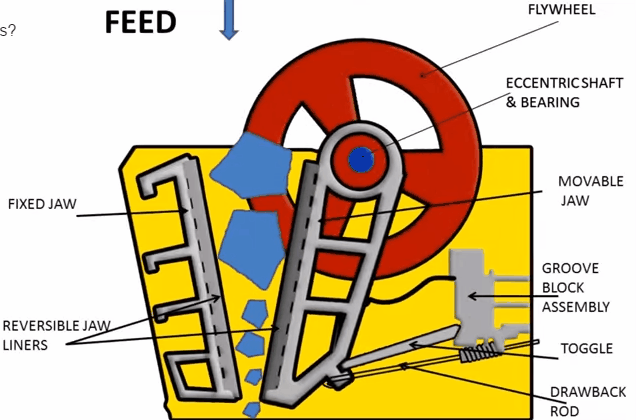
A sectional view of the single-toggle type of jaw crusher is shown below. In one respect, the working principle and application of this machine are similar: the movable jaw has its maximum movement at the top of the crushing chamber, and minimum movement at the discharge point. The motion is, however, a more complex one than the […]
Factors Controlling the Capacity of Rock Crushers

When estimating the capacity of crushers under given conditions, it is necessary to employ an empirical factor which has here been designated by the letter k, representing the percentage ratio between actual crushing rate, and a theoretical capacity based on the dimensions and other data correlated in equation (12). The accuracy of this factor limits […]
Open or Closed Circuit Crushing

The factors governing the determination of capacity for any open circuit crushing stage are much the same as those we outlined in connection with the secondary stage. In a properly designed crushing plant, excepting those plants which by-pass a portion of the pit-run around the head end of the flow line and inject this fraction […]
Crushing Plant: Surge Bins VS Stockpiles

I need to further comment on the influence of surge storage upon plant operation. The provision of adequate surge storage at the right places in the flow line is of sufficient importance to warrant a little further consideration. It is desirable, in the crushing plant, as it is in any production process, to achieve a smooth […]
Single VS Multi-Stage Crushing

There are no set rules for determining whether the secondary stage should consist of one single crusher, or of two or more machines operating in parallel. The decision must be made upon the merits of each problem. If the required receiving opening necessitates the selection of a crusher whose capacity equals or exceeds that of […]
Secondary Crushing Equipment

The term “secondary crushing” has become well established and familiar through long usage; it applies to the crushing stage, either single or multiple, which follows immediately after the primary crusher, taking all or a portion of the product of the primary crushing stage as its feed. The term should not be used, as it sometimes […]
Gyratory VS Jaw Crushers: Advantages & Disadvantages
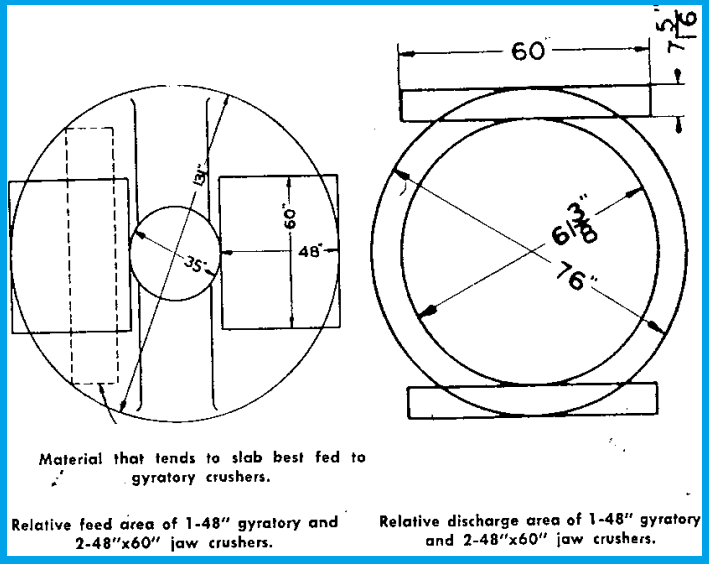
No discussion of primary crusher selection would be complete without a comparison of the two leading types: the standard gyratory crusher and the Blake jaw crusher. Although their fields of application overlap to a considerable degree (at least in the realm of primary crushing) there is no real conflict between these two machines; one supplements the […]
Crushing Equipment Selection
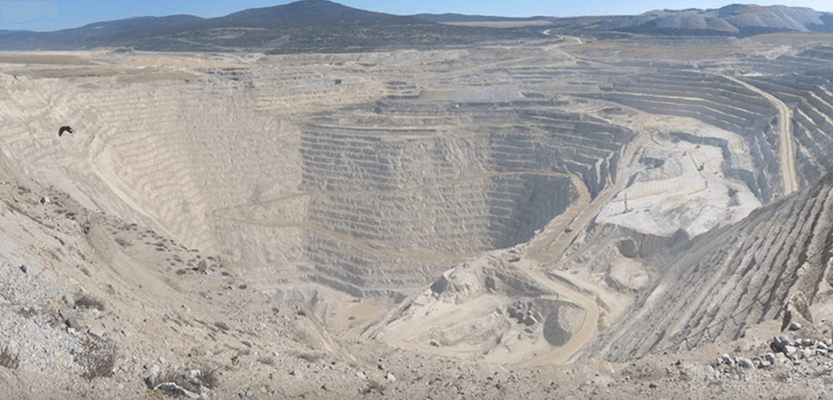
In open pit quarry operations the loading of the blasted rock for transportation to the primary crusher house involves either power-shovels. Any size of primary crusher may be used for hand-loaded rock; it all depends upon how much secondary shooting, and hand sledging, the operator feels he can afford. So called “one-man” stone or stone of […]
Crushing Plant Capacity
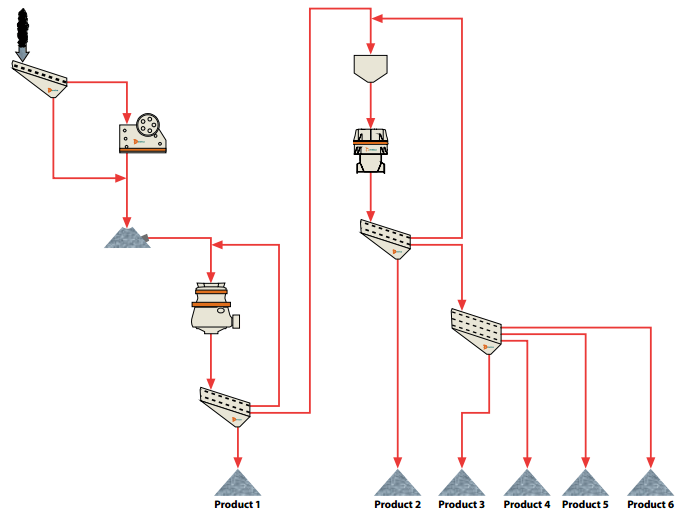
The suggested reserve capacity for quarry operations applies as well to open-pit mining operations employing power shovels for loading the ore. Usually the original crusher is expected to produce the required daily tonnage in such plants in one or two shifts, so a time-reserve does exist which can be utilized to make up for delays. But […]
Primary Crushing
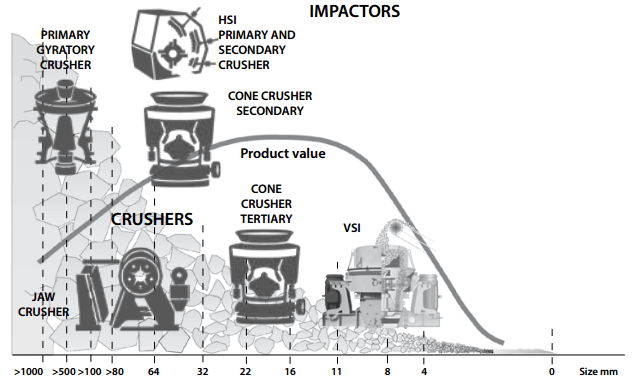
The term “primary crusher,” by definition, might embrace any type and size of crushing machine. The term implies that at least two stages of crushing are involved, but in many cases the machine which performs the function of initial crusher is the only crusher in the plant. The factors influencing the selection of a crusher […]
